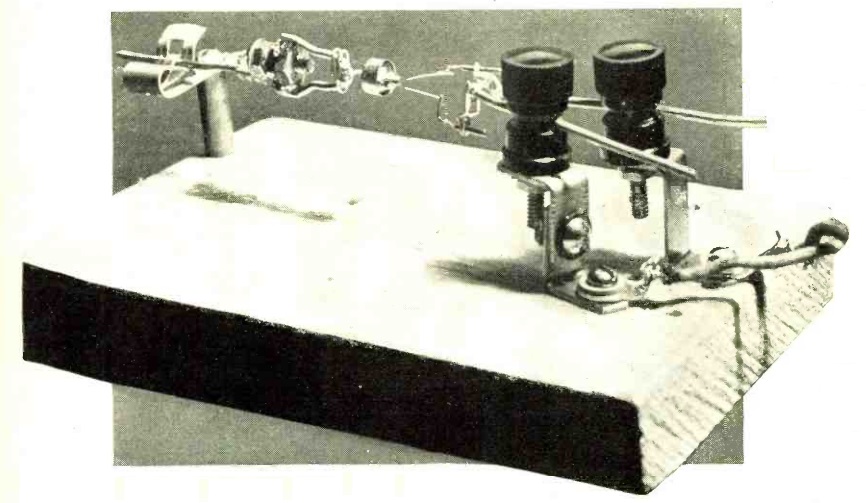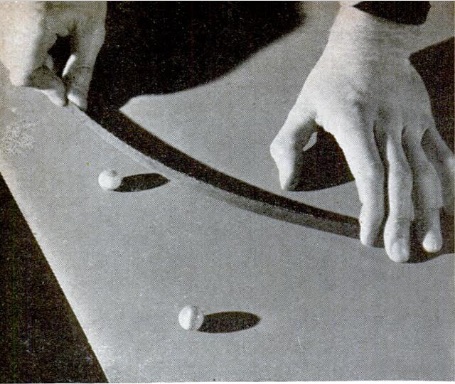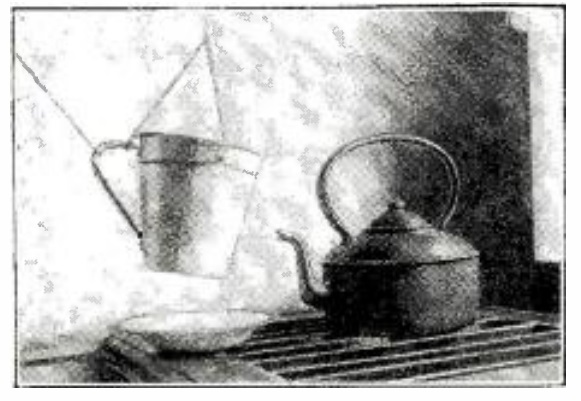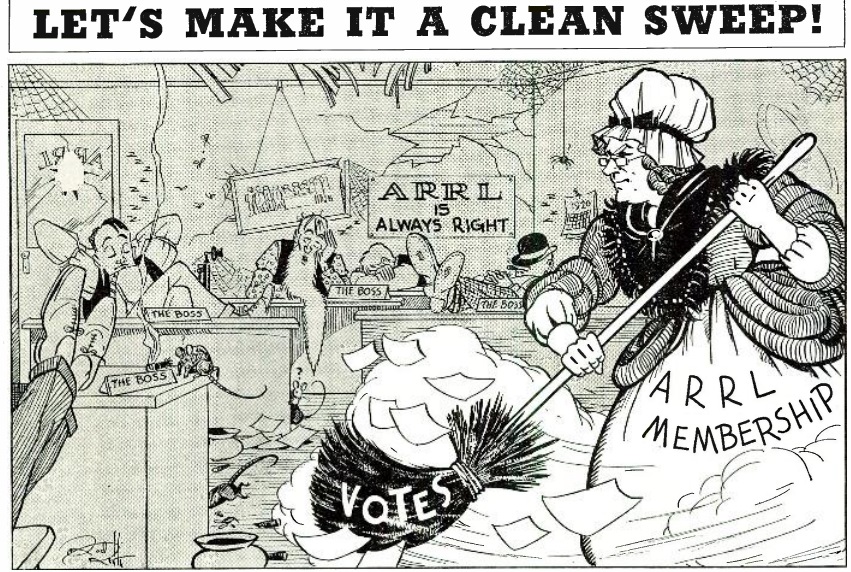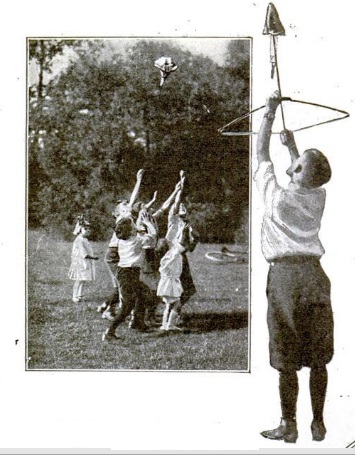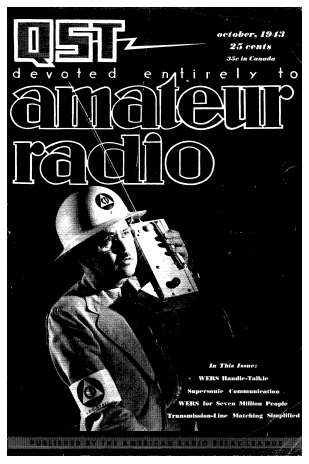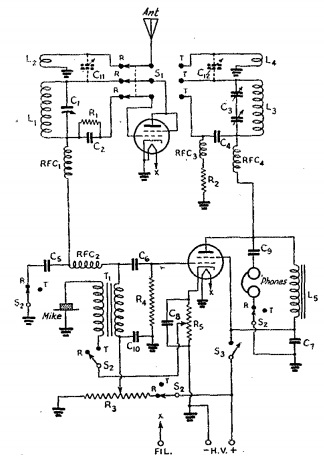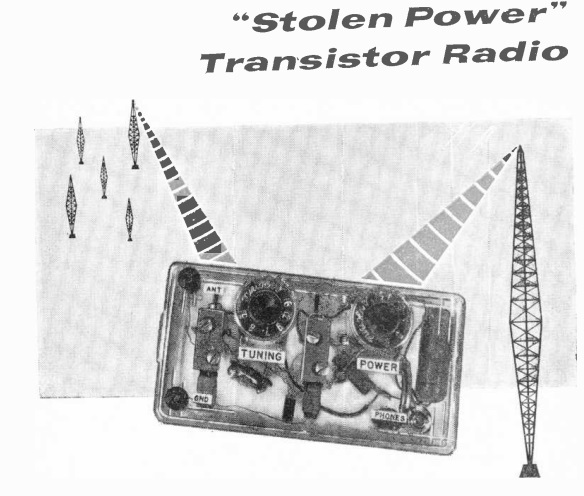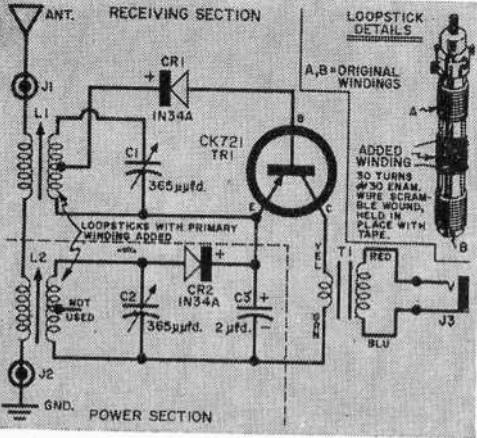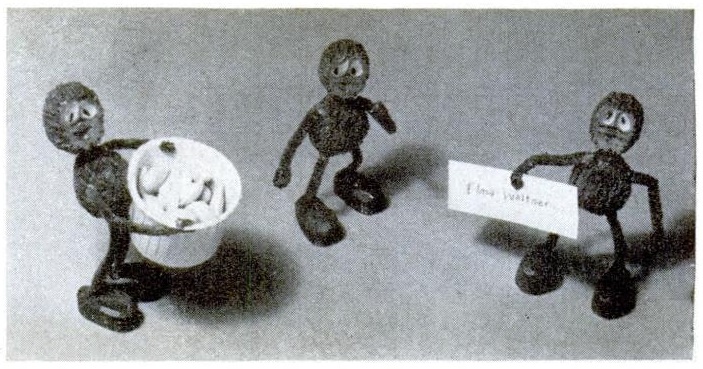 For Halloween this year, we offer this Halloween craft project from 75 years ago, courtesy of the November 1943 issue of Popular Science. Wartime shortages of Halloween decorations needn’t have put a damper on things, since you could just make these. They could be placed around the room for decorations, or serve as nut holders or place tag holders at the Halloween dinner table.
For Halloween this year, we offer this Halloween craft project from 75 years ago, courtesy of the November 1943 issue of Popular Science. Wartime shortages of Halloween decorations needn’t have put a damper on things, since you could just make these. They could be placed around the room for decorations, or serve as nut holders or place tag holders at the Halloween dinner table.
All that was needed were some walnuts, pipe cleaners, and a few miscellaneous bits that could be found around the shop. The main cuts were done with a coping saw, with the nut held in a vice. The magazine provided instructions on how to finish up the tiny goblins.



